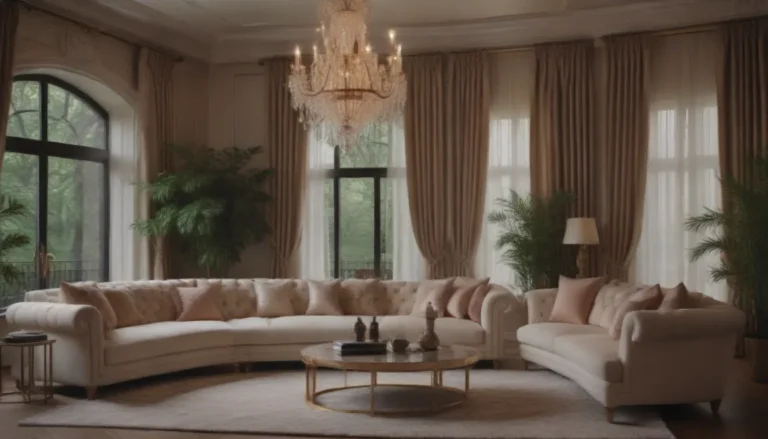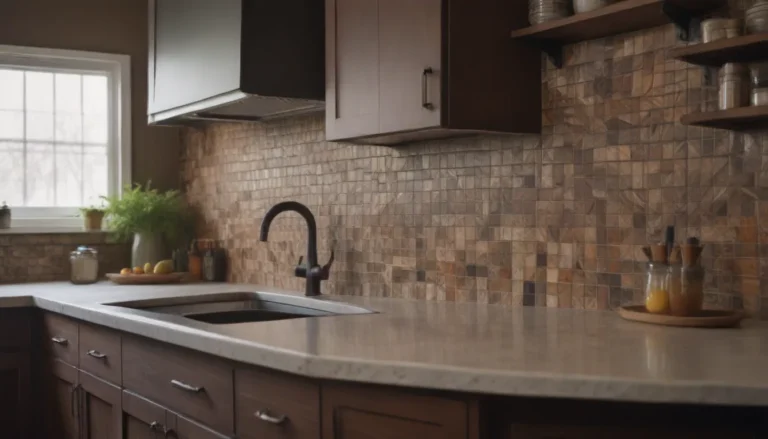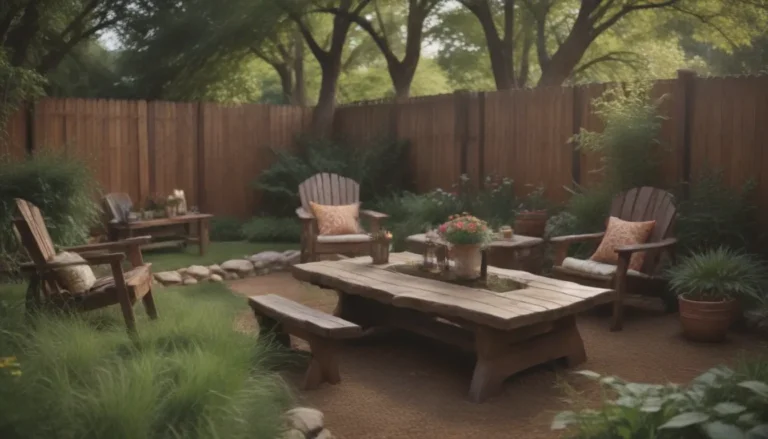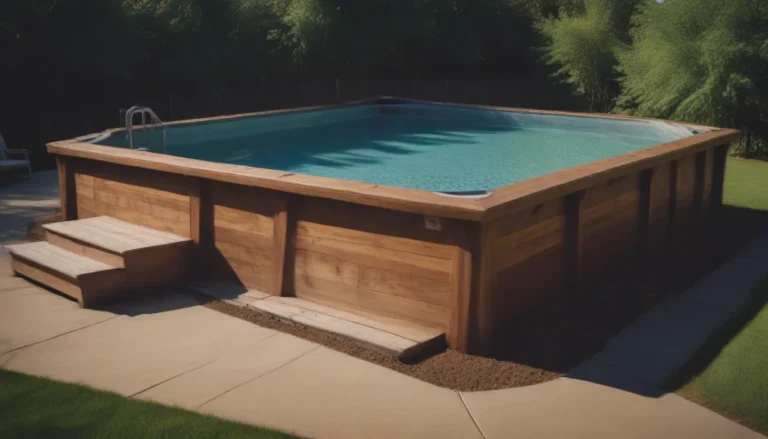Unveiling the Beauty of Renaissance Architecture
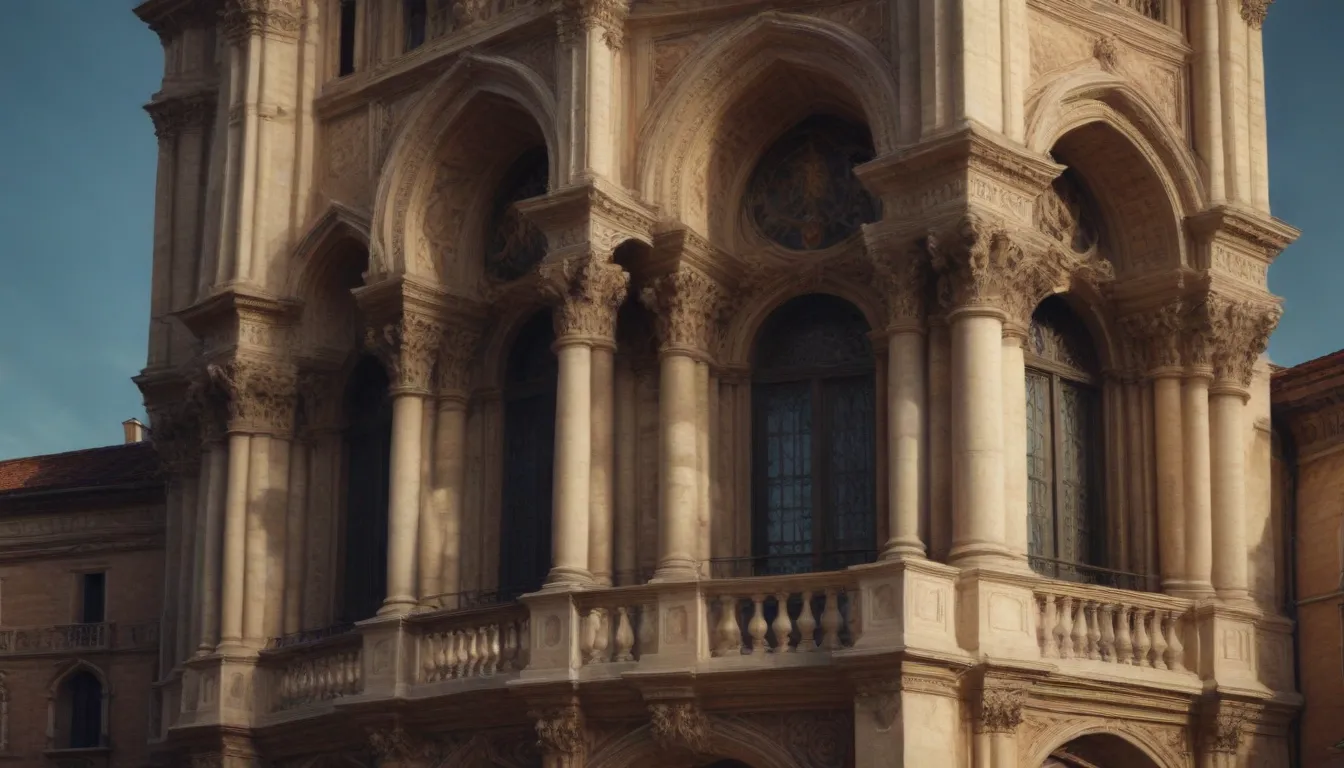
The world of architecture is filled with wonders, each style telling a unique story and leaving a lasting impact on those who behold it. One such style that emerged in early 15th-century Florence, Italy, is Renaissance architecture. This style ushered in a revival of ancient Greek and Roman classical architectural forms, supplanting the prevailing Gothic medieval aesthetic. Its precise symmetry and proportion are exemplified by the grandeur of St. Peter’s Basilica in Rome, the most well-known example of this architectural style.
A Journey Through Renaissance Architecture
Renaissance architecture refers to the influential style of building that emerged in Italy around 1400 and spread throughout Europe over the next two centuries. It marked a revival of ancient Classical forms and produced some of the world’s most treasured monuments. The Renaissance, meaning “rebirth,” spanned two centuries and encompassed not only architecture but art and human ideals. The era gave rise to multi-disciplinary giants like Leonardo da Vinci and Michelangelo, leaving a lasting cultural legacy and making it one of the most transformative periods in Western history.
The Historical Evolution of Renaissance Architecture
Renaissance architecture developed as part of the rebirth of classicism in Florence, Italy, around 1400. It evolved over the next 200 years as it spread throughout Italy and then Europe. Renaissance architects drew inspiration from ancient Greco-Roman ruins and structures, as well as the writings of Roman architect Marcus Vitruvius Pollio. Their goal was not to simply replicate the past but to innovate new structures rooted in history while adapting to the modern world and the development of cities.
The progression of Renaissance architecture can be divided into three main periods:
– Early Renaissance: Starting around 1400, architects reintroduced classical Roman and Greek elements into buildings, emphasizing symmetrical facades and streamlined volumes.
– High Renaissance: Beginning around 1500, this period saw the adaptation of classical elements to contemporary 16th-century building styles.
– Late Renaissance or Mannerism: Around 1520, decorative and ornamental classical elements such as domes and cupolas became more prevalent.
Following the Renaissance, the Baroque period emerged around 1600. Despite this, the architectural achievements of the Renaissance continue to be celebrated as some of the world’s greatest structures, influencing architects, artists, and thinkers to this day.
Unlocking the Key Characteristics of Renaissance Architecture
Symmetry and Proportion
Renaissance architecture focused on classical notions of beauty based on proportion and symmetry, incorporating geometry into many building plans, resulting in symmetrical squares.
Ashlar Masonry
Exteriors typically featured ashlarmasonry, a style where stones are cut uniformly in a square or rectangle and then laid horizontally with minimal mortar.
Classical Elements
Renaissance architecture used a variety of classical elements, including columns, pilasters, lintels, arches, and pediments, often arranged in an orderly and repetitive manner.
Air and Light
Early Renaissance buildings emphasized bringing in air and light, reflecting the dawn of Renaissance ideals and thought.
Exploring Notable Examples of Renaissance Architecture
Cathedral of Santa Maria del Fiore in Florence, Italy
Filippo Brunelleschi, the early Renaissance pioneer, was responsible for the famous red brick Duomo at the Cathedral of Santa Maria del Fiore in Florence. The majestic dome, completed in 1436, remains a feat of engineering ahead of its time, influencing religious buildings in Italy and worldwide.
Saint Peter’s Basilica in Vatican City, Italy
Located in Vatican City, Saint Peter’s Basilica is a masterpiece of Renaissance architecture. Constructed between 1506 and 1615, this holy site overseen by Michelangelo stands as one of the most recognizable Renaissance buildings in the world.
Biblioteca Marciana in Venice, Italy
Completed in 1564, the Marciana research library in Venice showcases the Palladian style of Renaissance architecture, designed by Jacopo Sansovino. Located on Piazza San Marco, it stands as one of the most breathtaking public libraries ever built.
Palazzo Medici in Florence, Italy
The Palazzo Medici, completed in 1484 by Michelozzo di Bartolomeo for the Medici banking family, exemplifies Renaissance palace architecture. Today, it serves as a museum and the seat of the Metropolitan City of Florence.
Conclusion: Embracing the Timeless Beauty of Renaissance Architecture
In conclusion, Renaissance architecture stands as a testament to the beauty, innovation, and cultural significance of a transformative era in Western history. By reviving ancient classical forms and adapting them to the modern world, Renaissance architects created enduring masterpieces that continue to inspire and captivate audiences across the globe. From the majestic domes of Florence to the iconic basilicas of Rome, the legacy of Renaissance architecture endures as a symbol of human creativity and achievement. Let us continue to appreciate and cherish these architectural wonders that have stood the test of time, embodying the timeless beauty of the Renaissance.
